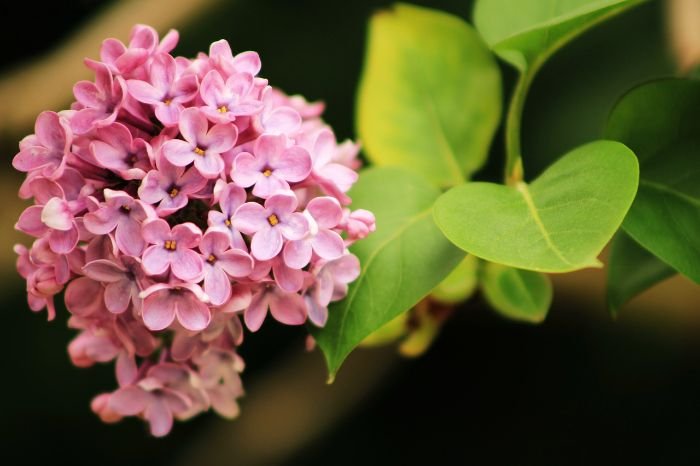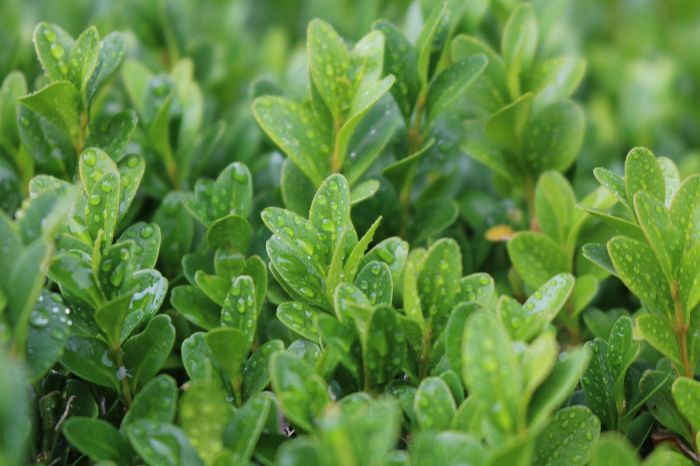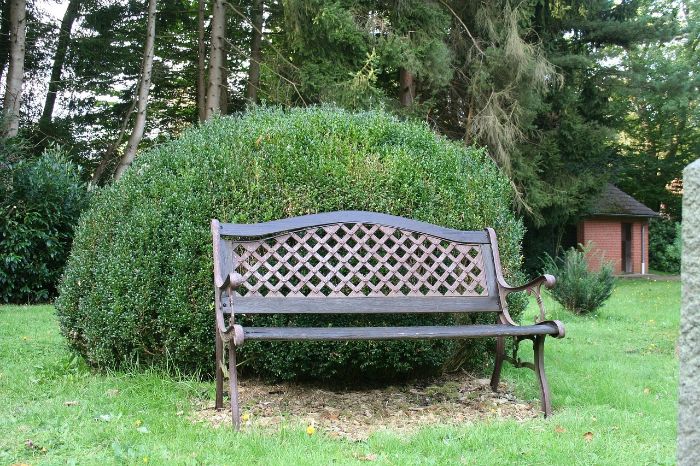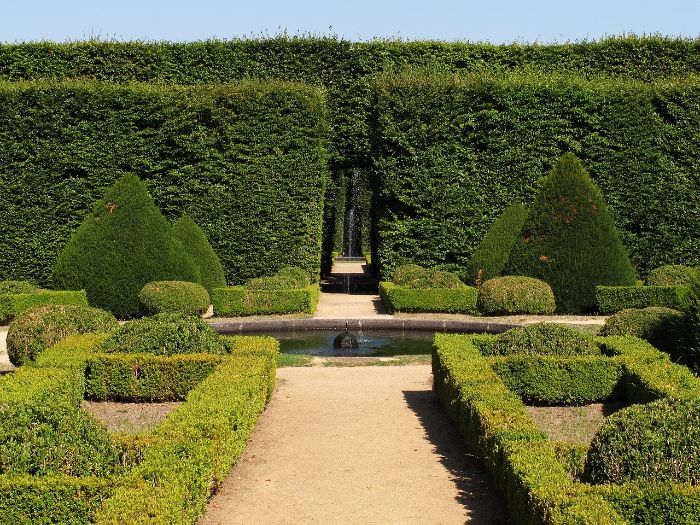Lilacs add so much beauty and fragrance to gardens. Few plants compare. They have different colors and smell wonderful. How do you pick the best lilac for your garden?
To find the right lilac, you need to know your garden’s needs. Think about the weather, the soil type, what you like to see, and how to take care of them. Knowing these things helps you pick a lilac that will thrive. Then, your garden can be full of lilac beauty and scent.
Key Takeaways:
- When picking a lilac, consider the weather, soil, what you like, and how to care for them.
- Learning about different lilacs makes choosing easier.
- Finding the perfect lilac lets you enjoy their beauty for years.
- Lilacs are known for their beautiful, fragrant flowers in many colors.
Table of Contents
Introduction to Lilacs
Lilacs are loved by gardeners for many years. They are flowering shrubs with pretty, sweet-smelling blooms. You can find lilacs in purple, pink, white, and yellow. They come in different sizes and shapes, fitting every garden.
To pick the best lilac for your garden, understanding the types is vital. You’ll learn about common, dwarf, and tree lilacs. Each type has special qualities to consider.
The Timeless Appeal of Lilacs
Lilacs charm everyone with their beauty and scent. They are popular in gardens and landscapes for their unique touch. Lilacs turn any place into a more elegant and inviting space.
Overview of Lilac Varieties
Lilacs have many varieties, each unique. The common lilac is famous for its smell and bright colors. There’s also the dwarf lilac for small areas and the tree lilac for a taller garden.
Hybrid lilacs, like the hyacinth lilac, bloom early. They offer more colors with traits from different lilac kinds.
Understanding Lilac Varieties
Knowing about different lilac types can guide your garden choices. Lilacs are known for their beauty, sweet smell, and range of colors. Learning about common, dwarf, tree, and hyacinth lilacs can make choosing easier, no matter your gardening level.
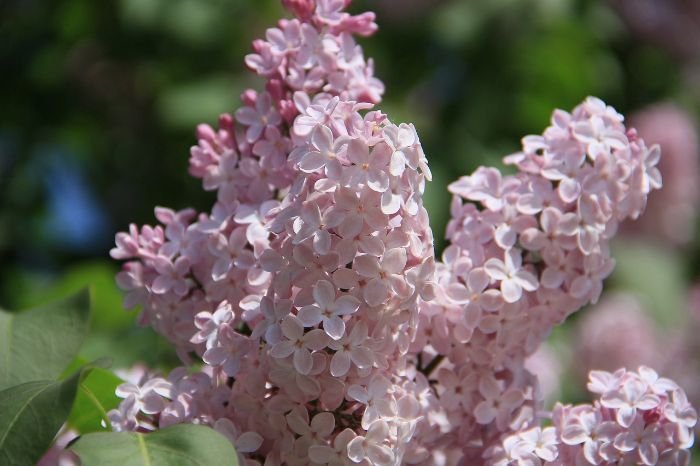
Common Lilac (Syringa vulgaris)
The common lilac is a big, easy plant that can grow over 10 feet. It’s a top pick for gardens, thanks to its scented flowers. You can find these lilacs in purple, pink, or white. But remember, they might spread out a lot.
Dwarf Lilac (Syringa meyeri)
For small gardens, try the dwarf lilac. It’s compact and grows to 4 or 5 feet. Despite the small size, it has many flowers, making your garden smell and look great.
Tree Lilac (Syringa reticulata)
The tree lilac is grand, growing 20 to 30 feet tall. It’s more upright than other lilacs. With big clusters of cream flowers, it’s stunning for large spaces.
Hyacinth Lilac (Syringa x hyacinthiflora)
The hyacinth lilac blooms early and mixes features from common and early lilacs. It comes in many colors, brightening your garden early on. It’s a good choice for varied garden styles.
Knowing the traits of each lilac type helps in picking the best for your space. Think about the room you have, how tall you want them to be, and color preferences. This way, your garden will flourish with lilacs that bring happiness.
Climate Considerations for Lilacs
Choosing the right lilac for your garden means thinking about the climate. Some lilacs do well in cold places, while others prefer warmer spots. It helps to know which lilacs are best for different weather.
Best Lilac Varieties for Cold Climates
In very cold areas, pick lilacs that can handle the snow and frost. Common lilacs and tree lilacs are great choices for these places. They bloom beautifully, even when it’s freezing.
Lilacs Suitable for Mild and Warm Climates
Warmer places give more options for lilacs. Dwarf lilac and hyacinth lilac do well in these areas. They add color and scent to your garden, loving the warmer weather.
Climate Adaptability and Hardiness Zones
Knowing your hardiness zone is key for lilacs to grow well. The USDA made zones to show which plants fit each area. This helps you pick lilacs that will do great in your garden.
To find the perfect lilac, use the USDA’s Hardiness Zone Map. It matches the right lilac to your zone. By choosing carefully, your lilac will bloom beautifully where you plant it.
Soil Requirements for Lilacs
Lilacs need specific soil to grow and bloom well. It’s key to know what soil each lilac type likes. This knowledge helps you pick the right lilac for your garden.
Ideal Soil Types for Different Lilac Varieties
The right soil varies for different lilac types. Common and tree lilacs do best in slightly alkaline, well-drained soil. This keeps their roots healthy. Dwarf and hyacinth lilacs are more flexible but still like good drainage.
Adding organic matter, like compost, to the soil when planting, is smart. It makes the soil better for lilacs to grow and bloom.
Soil pH Preferences and Amendments
Lilacs like soil that’s a bit alkaline, between 6.5 to 7.5 pH. This affects how well they can use nutrients. You can test and adjust the soil pH as needed. Adding lime raises pH, while sulfur lowers it.
Organic matter can also balance the soil pH. This makes sure lilacs get the nutrients they need.
Improving Soil Drainage and Fertility
Proper drainage is crucial for lilacs. It prevents root rot and helps them grow well. Adding organic matter improves soil’s water flow.
Good fertility is also important for lilacs to bloom. They need nutrients like nitrogen, phosphorus, and potassium. Use a balanced fertilizer to feed your lilacs and help them grow strong.
Aesthetic Preferences in Lilac Selection
Aesthetic preferences are key in picking the right lilac for your garden. Lilacs are famous for their beautiful, fragrant flowers. This makes them a top choice for adding color and scent to any garden.
Flower Color and Fragrance
Lilac varieties come in colors like purple, pink, white, and yellow. These bright colors capture the eye and improve your garden’s look. The smell of lilacs also varies; some are lightly scented while others have a strong scent. You can choose a lilac that matches your favorite smell.
Bloom Time and Duration
Think about when lilacs bloom and how long they last. Some bloom early in spring, others later in the year. Planting different types gives you flowers from early to late spring. This mix keeps your garden beautiful with lilac flowers for a long time.
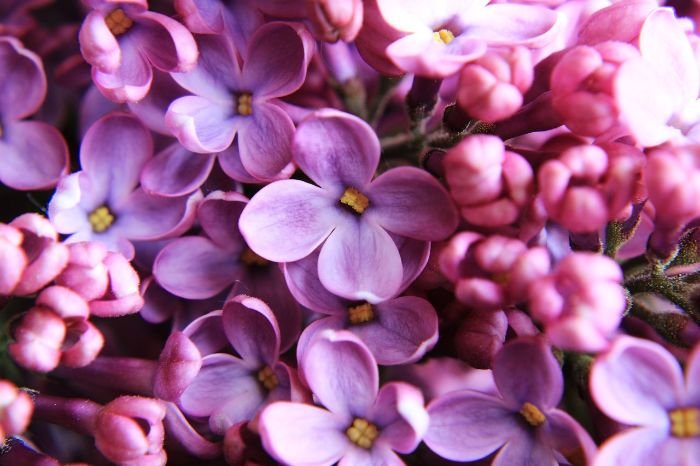
Plant Size and Growth Habits
Lilacs come in sizes from small shrubs for small areas to big bushes for large spaces. You should pick a size that fits your garden. Also, knowing how lilacs grow will help you place them for the best garden look.
Planting and Caring for Lilacs
Caring for your lilacs well is key to their beauty and health. Plant them right and give them the proper care. Then, you’ll see vibrant flowers and strong plants in your garden.
Best Practices for Planting Lilacs
Choosing the right spot is crucial for lilacs. They need at least six hours of sun daily and soil that drains well. Lilacs grow best in slightly alkaline soil with a pH of 6.5 to 7.0.
Start by preparing the planting area. Loosen the soil and remove any weeds. The hole should be twice as wide as the root ball and deep enough for the roots. After placing the lilac, fill the hole with soil. Press it down gently around the roots.
Give each lilac plant enough space. They should be four to six feet away from each other. This allows them to breathe and grow well.
Watering, Mulching, and Fertilizing Tips
Water lilacs deeply once a week when they are still new. The soil should be moist but not soaked. Lilacs like their water deep but not often.
Put mulch around your lilacs to save water and stop weeds. Use organic mulch and keep it away from the stems. This helps avoid root rot.
To keep lilacs growing strong, feed them right. Use a slow-release fertilizer twice in the spring. Too much fertilizer can make them grow too many leaves and fewer flowers.
Pruning Techniques for Healthy Growth
Pruning keeps lilacs healthy and in shape. Do this right after they bloom, because they do so on old wood. Cut out anything dead or sick. Also, thin out the plants to let in more air and light.
Always prune with sharp, clean tools. Cut just above a bud or where a branch begins. Don’t cut off more than a third of the plant at once.
Pruning regularly helps lilacs grow new wood and flowers. This also stops them from getting too big.
Planting and caring for your lilacs the right way is vital. Choose a good spot, prepare the soil, and give them plenty of room. Also, water, mulch, and feed them well. Don’t forget to prune correctly to keep them healthy. By doing these things, you’ll enjoy beautiful lilacs in your garden for years.
Pest and Disease Management
Lilacs, like any plant, face trouble from pests and diseases. These troubles can harm their health and how well they bloom. Knowing the common issues and what to do about them is key. It helps homeowners keep their plants healthy and lively.
Common Pests Affecting Lilacs
Lilacs deal with several pests that harm their leaves, flowers, and health. Some of these pests are:
- Aphids
- Spider mites
- Lilac borers
These pests eat the sap of the lilac, leading to issues like wilting and yellow leaves. They can also cause distorted growth and weaken the plant. Checking the plants often and dealing with pests early stops big problems.
Identifying and Treating Lilac Diseases
Lilacs also get sick with diseases, showing signs of poor health. Some common diseases are:
- Powdery mildew
- Bacterial blight
If a lilac has powdery mildew, it looks like there’s powder on the leaves. Bacterial blight makes spots on the leaves and can cause them to wilt. Fast action to treat these diseases is crucial to stop them from spreading and harming the lilac.
Preventative Measures and Solutions
Preventing pests and diseases in lilacs means taking care of them right. It also means being proactive in protecting the plants. Here are some things that can help:
- Make sure the lilac gets enough sunlight and fresh air.
- Keep the soil’s water moving away well.
- Look at the plant often for pests and diseases.
- Take off and get rid of any sick plant parts.
- Use the right way to prune the lilac.
- If needed, apply the correct treatments.
By doing these things, homeowners can lower the chances of pests and diseases. This means their lilacs can stay beautiful and healthy.
Enhancing Garden Design with Lilacs
Lilacs are a lovely way to improve any garden. They make it look better and more interesting. You can use lilacs by planting them with other flowers or as hedges. They also add beauty all year round.
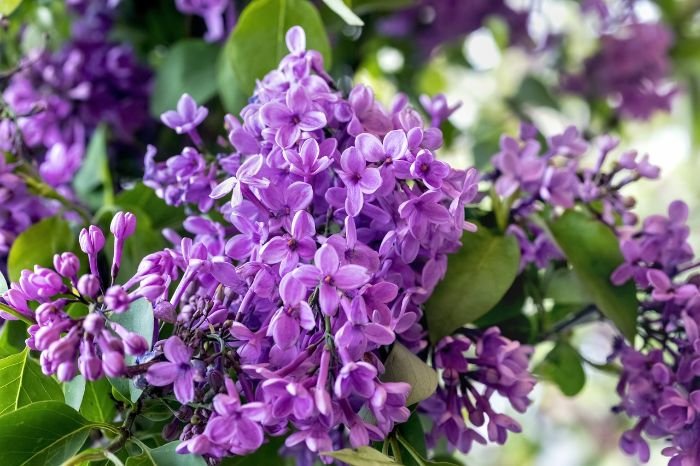
Companion Planting Ideas
Planting lilacs with other flowers can lead to great color mixes. It also helps bring good bugs to the garden. Add lilacs with things like peonies and irises, or bushes like roses. This mix makes a garden look amazing.
Creating Focal Points and Hedges with Lilacs
Lilacs can stand out in your garden or make a nice border. A group of lilacs together draws the eye. They add beauty and a privacy screen. Or, plant lilacs in a line and shape them for a pretty hedge.
Seasonal Interest and Landscaping Tips
Lilacs bloom at different times, so you always see something beautiful. Think about their sizes to create a balanced garden. Taller lilacs go in the back, and shorter ones in front. This adds layers and balance to the design.
Popular Lilac Varieties to Consider
Choosing the perfect lilac for your garden is important. Several types stand out for their beauty, scent, and how well they grow. You can pick from various colors, smells, and sizes to fit your space.
‘Sensation’ (Syringa vulgaris ‘Sensation’)
The ‘Sensation’ lilac is known for its stunning, bi-colored flowers. Each petal is deep purple with a white edge. This unique look catches the eye. Plus, it smells wonderful. It will be a standout in any garden.
‘Miss Kim’ (Syringa pubescens subsp. patula)
‘Miss Kim’ is a top pick for its spicy smell and it’s less likely to get sick. It has lots of pretty, scented flowers that are pinkish-lavender. The leaves are green but turn red in the fall. It’s small, making it good for tiny gardens or creating a hedge.
‘Bloomerang’ (Syringa x)
The ‘Bloomerang’ lilac is special because it flowers twice a year—spring and again in summer. The flowers are purple and smell nice. It keeps your garden pretty and smelling good all season.
‘Charles Joly’ (Syringa vulgaris ‘Charles Joly’)
If you want elegance, ‘Charles Joly’ is a good choice. Its flowers are a deep red, standing out against green leaves. And they smell sweet and strong. It’s a beautiful lilac any garden lover would enjoy.
There are many types of lilac to choose from. Maybe you’re looking for unique flowers, a strong scent, or flowers that come back. You’ll find a lilac that’s just right. It will make your garden more beautiful.
Conclusion – Finding Your Perfect Lilac
Choosing the right lilac for your garden is thrilling. Think about the weather, soil, how you want it to look, and care wants. Each lilac kind has its unique look and needs. You’ll find one that’s perfect for you, like classic common lilacs or tiny dwarf ones.
To keep your lilacs blooming, plant and care for them right. Look into the many varieties and get advice from experts. Remember your garden’s climate and soil, and what you like in a flower. The perfect lilac will turn your garden into a lovely, fragrant spot.
Looking for the best lilac is fun and fulfilling. Think hard about what you need and like, and you’ll pick the right one. Start your lilac garden adventure today. You’ll soon be enjoying its sweet smell and beautiful flowers.
FAQ
What factors should I consider when selecting a lilac variety for my garden?
Think about the weather and soil where you live. Also, what you think is pretty matters a lot. Make sure you know how much care they need.
What are the different lilac varieties available?
You can find many kinds of lilacs. Some are big, some are small. They come in various shapes and colors.
What are the characteristics of common lilacs?
Common lilacs, or Syringa vulgaris, are easy to grow. They smell lovely and have many flowers. They can grow up to 10 feet tall.
What are the characteristics of tree lilacs?
Tree lilacs, or Syringa reticulata, are very tall. They can be 20 to 30 feet high. These lilacs have big, white flowers.
Which lilac varieties are best for cold climates?
In cold places, common and tree lilacs are your best bet. They do well in freezing weather.
Which lilac varieties are suitable for mild and warm climates?
In warmer spots, dwarf and hyacinth lilacs do great.
What are the soil requirements for growing lilacs?
Lilacs like well-drained soil with a bit of alkaline. But, dwarf and hyacinth types are fine with other soils too.
How can I manage pests and diseases in my lilacs?
Look out for bugs and diseases like lilac borers and powdery mildew. Treat them fast to keep your lilacs healthy.






